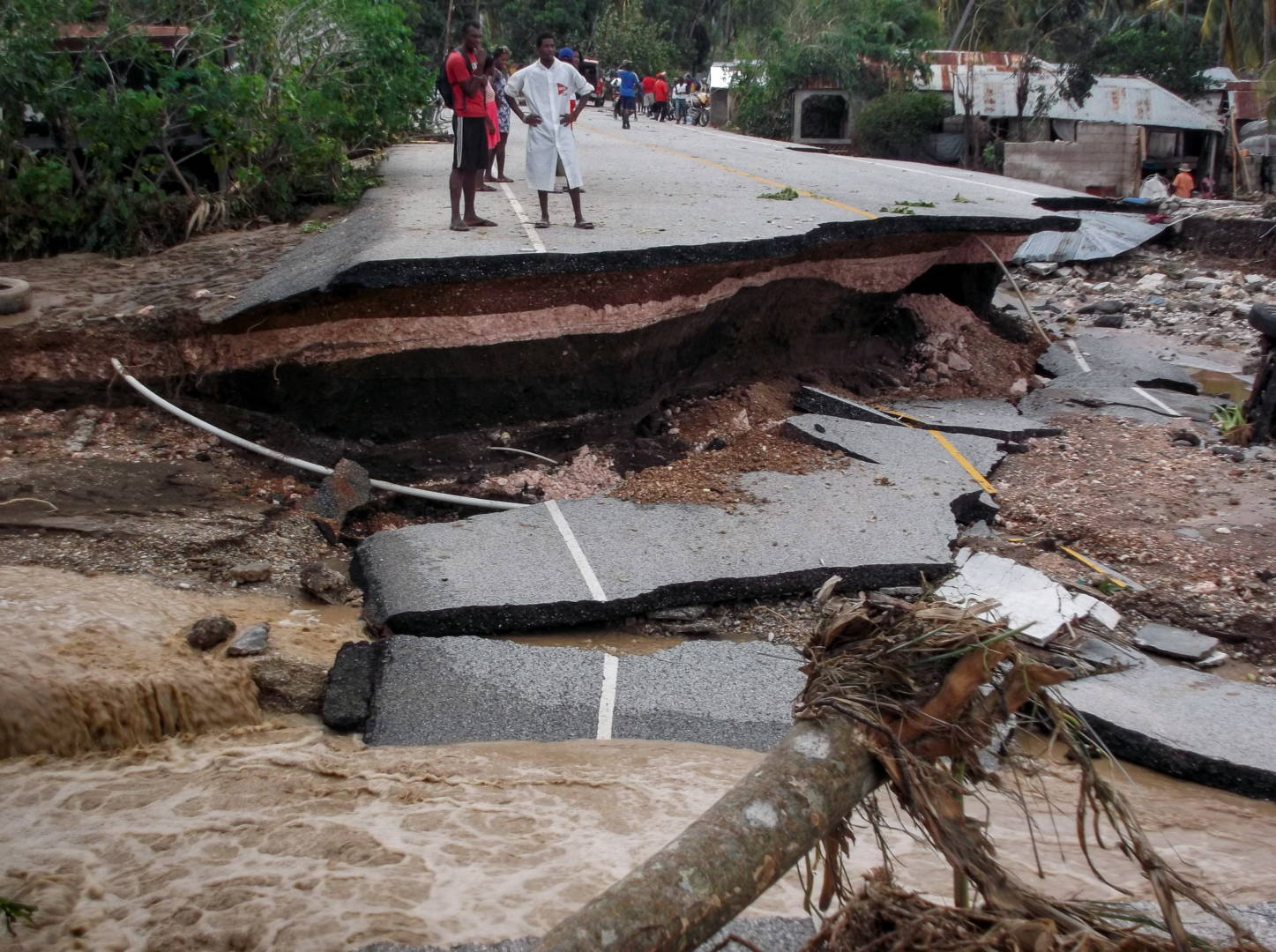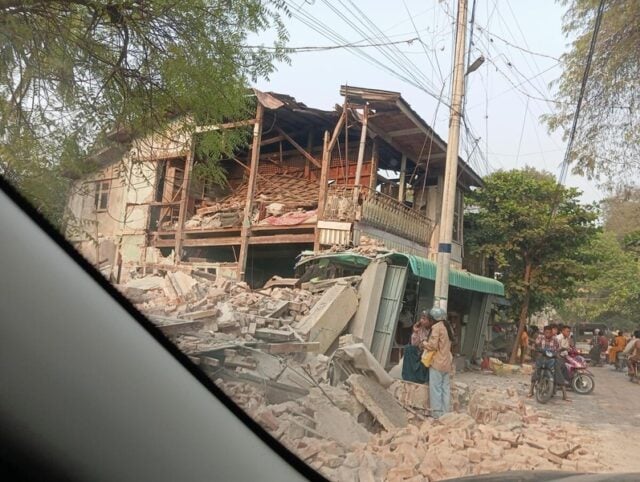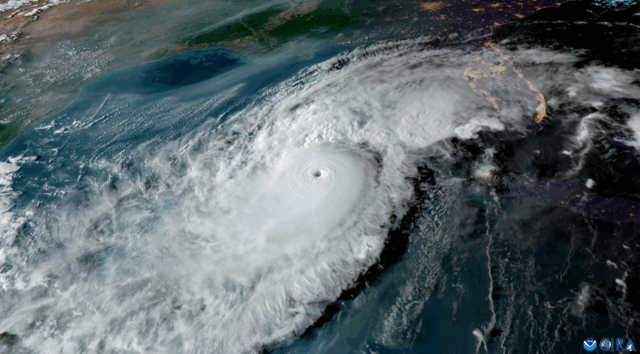Disasters were all around us in 2016. Deadly earthquakes, life-depleting droughts, devastating storms, and unceasing wars are some of the worst disasters we haven’t heard much about. About 194 major natural disasters affected millions of people worldwide in 2016.
Armed conflicts claimed tens of thousands of lives. This year saw a record 65.3 million people forcibly displaced.
“What strikes me is that many of the worst disasters this year are affecting millions of people in places like South Sudan, Chad, and Nigeria, and dozens of El Niño-affected countries, yet they get very little media attention,” says Lawren Sinnema, World Vision’s emergency affairs senior program officer.
Children experience the worst effects of these disasters.
“It’s tragic to think that there are so many children under threat every day who don’t show up in the news,” Lawren says. “This year, there were many ‘silent disasters,’ which didn’t receive much media attention but were devastating for so many children.”
“As a father of two young boys, I can’t imagine being a parent in Syria (or in other conflicts) and having to live with the fear that at any moment, a bomb could destroy my home,” says Lawren, who lives and works in Colorado.
Here are six of the worst disasters — natural and manmade — in 2016 and how World Vision helped those affected.
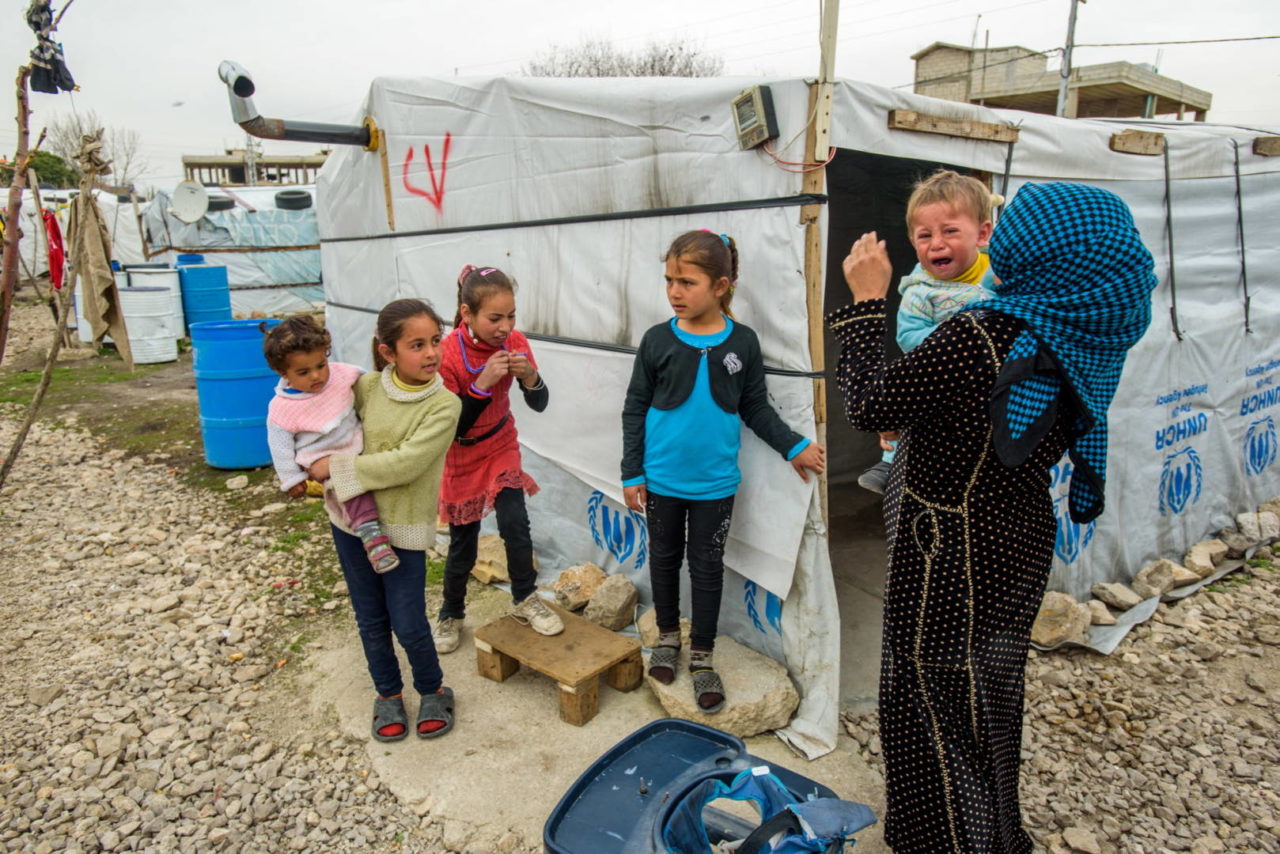
Syria refugee crisis: Nearly 5 million refugees and counting
The Syrian civil war barreled through its fifth year, taking more lives and causing more families to flee their homes. Now, almost 5 million Syrians live in neighboring countries as refugees. And about 430,000 people fled the war in 2016.
Turkey hosts the most Syrian refugees — 2.7 million. Lebanon has taken in 1 million people — a quarter of its pre-war population. Jordan and Iraq have welcomed hundreds of thousands of refugees each. Plus more than 6 million Syrians are displaced within their country and 13 million need humanitarian assistance.
Ongoing conflict in Iraq also flared up in October as military forces there launched an offensive to retake Mosul, the country’s second-largest city, from the Islamic state. More than 80,000 Mosul residents have been displaced thus far.
World Vision helps more than 1 million people per month in the region by providing food aid, water and sanitation services, access to education, healthcare services, baby care kits, and cold-weather supplies for winter.
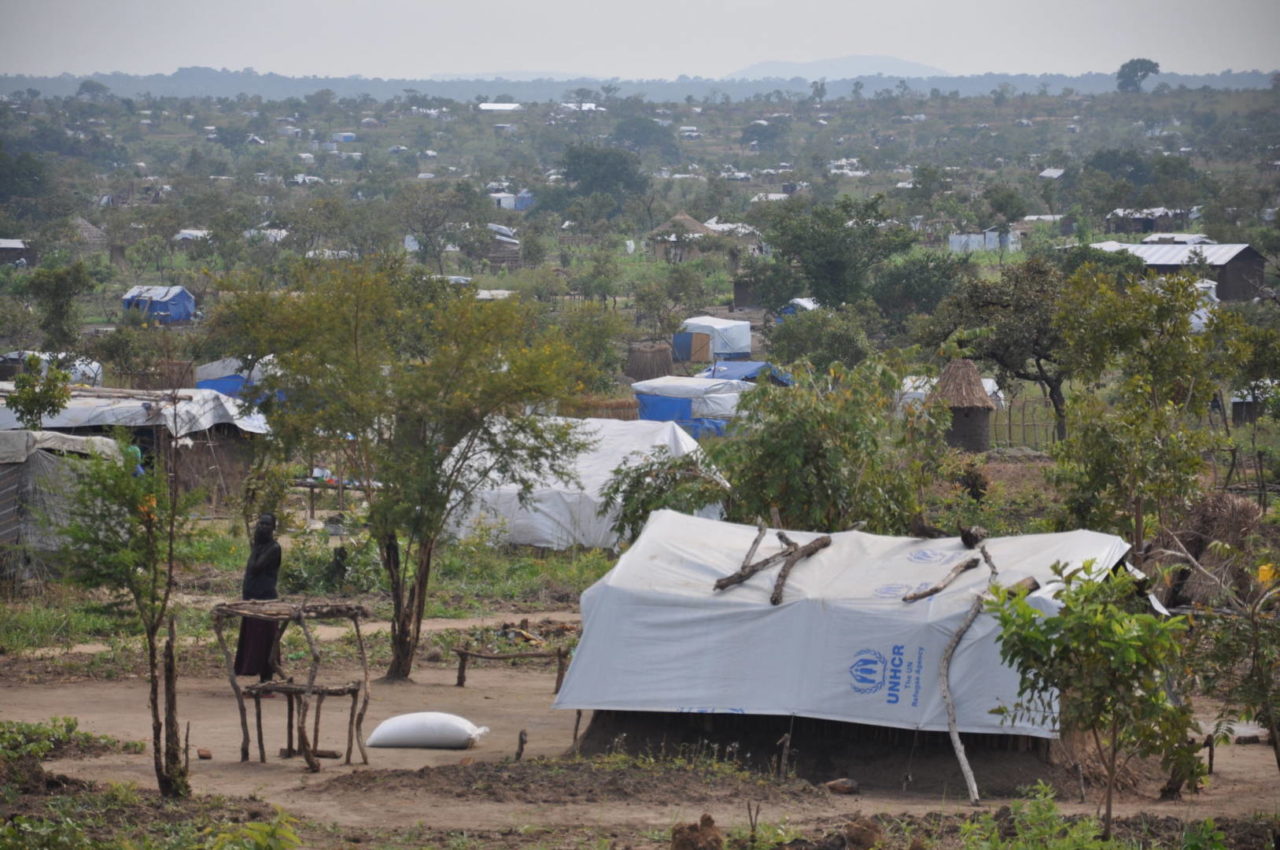
South Sudan conflict: Renewed violence spurs exodus, food shortages
The world’s youngest country sunk back into violent turmoil in July after renewed fighting shattered a peace deal years in the making. That forced about 427,000 people from their homes between July 9 — the South Sudan’s fifth birthday — and the end of November. Now, 1.1 million people are refugees in neighboring countries, half of whom fled to Uganda. More than 4 million people in areas hit especially hard by conflict and drought are enduring severe food shortages.
World Vision has helped more than 1 million people in South Sudan and refugees in surrounding countries with aid including food, a special nutrition treatment for malnourished children and breastfeeding mothers, livelihood training, seeds and farming supplies, household items like bed nets and blankets, and water and sanitation services.
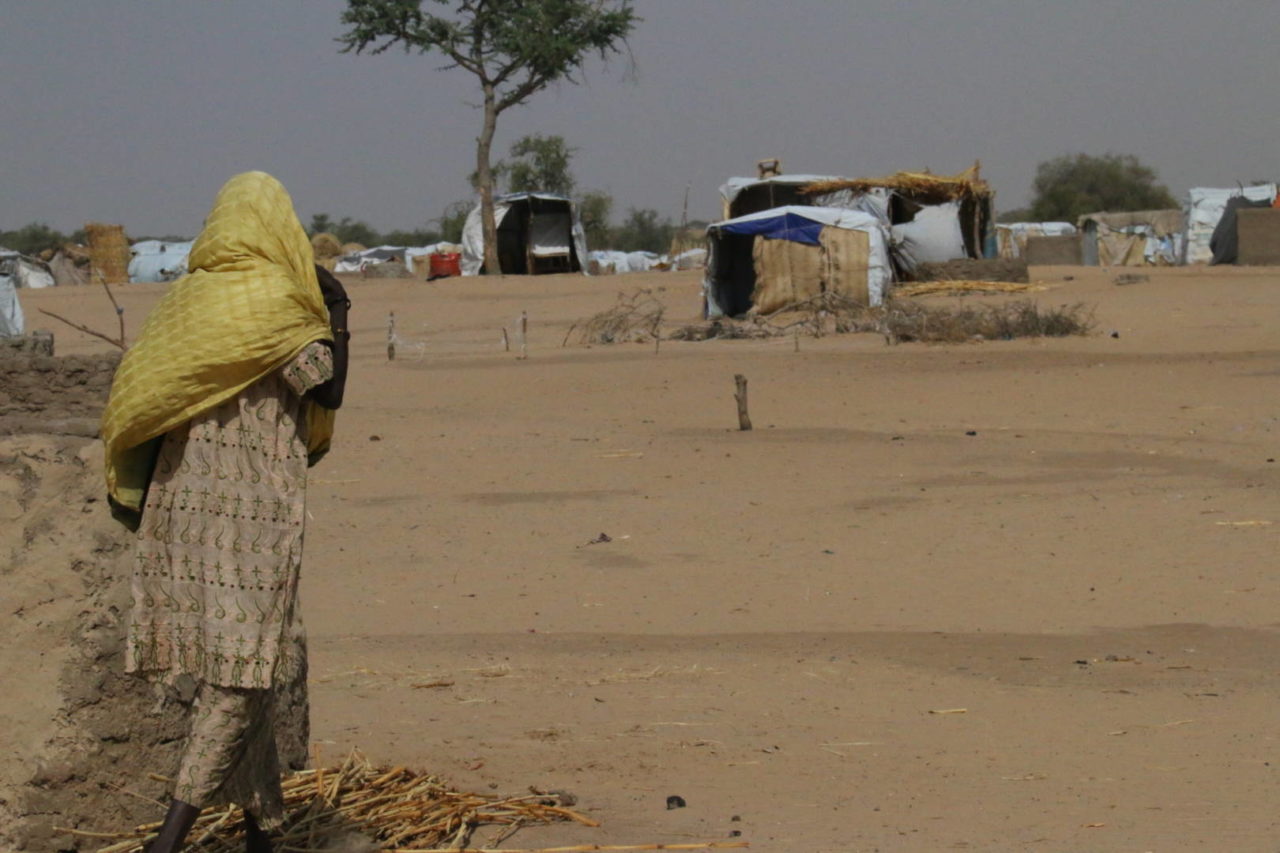
Lake Chad Basin: Millions displaced, in need in the desert
Hunger and conflict took a heavy toll on children and families in Nigeria, Cameroon, Niger, and Chad near the Lake Chad water basin. The crisis has affected more than 9.2 million people, including 475,000 children with signs of malnutrition. About 2.6 million people have fled increasing violence, originating from northeast Nigeria, to live in camps or crowded host communities. The crisis is silently swelling as 2016 draws to a close.
World Vision helps 195,000 people in Diffa, Niger, and is scaling up operations in water and sanitation, food and cash programming, child protection, and youth engagement to include Baga Sola, a region of Chad.
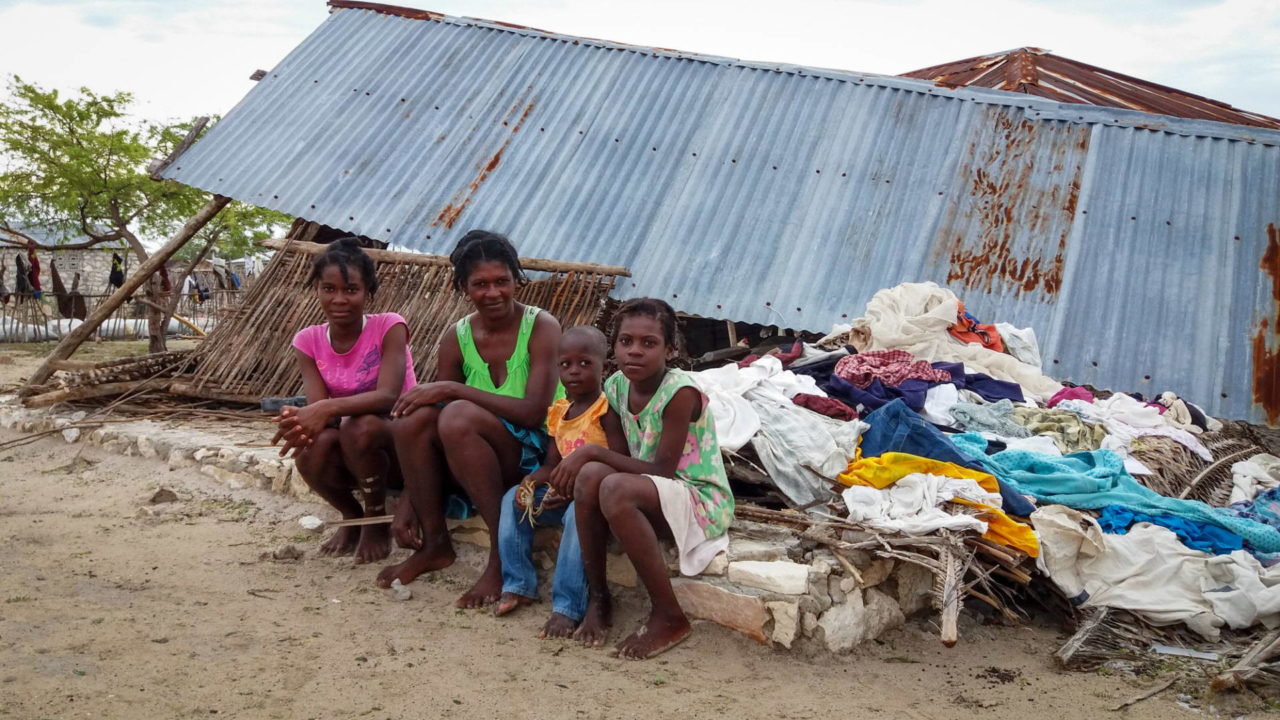
Hurricane Matthew: Haiti devastated by deadly storm
Haiti is still reeling from Hurricane Matthew, while also recovering from a cholera outbreak that began after the 2010 earthquake. The Category 5 storm plowed through the island with 145-mph winds Oct. 4, killing more than 500 people. Farmers lost an estimated $580 million worth of crops. Days later the hurricane continued its path of destruction north along the U.S. east coast, leaving 43 dead and thousands without power.
World Vision staff have reached about 75,500 storm victims in Haiti with emergency supplies like tarps, mosquito nets, household goods, and safe spaces for children to play and emotionally recover from the event. It plans to help families with long-term recovery as well. In the U.S., World Vision partnered with local churches and dispatched semi-truckloads of relief supplies to North Carolina and Virginia. Pre-positioned goods went to evacuated families in Georgia.
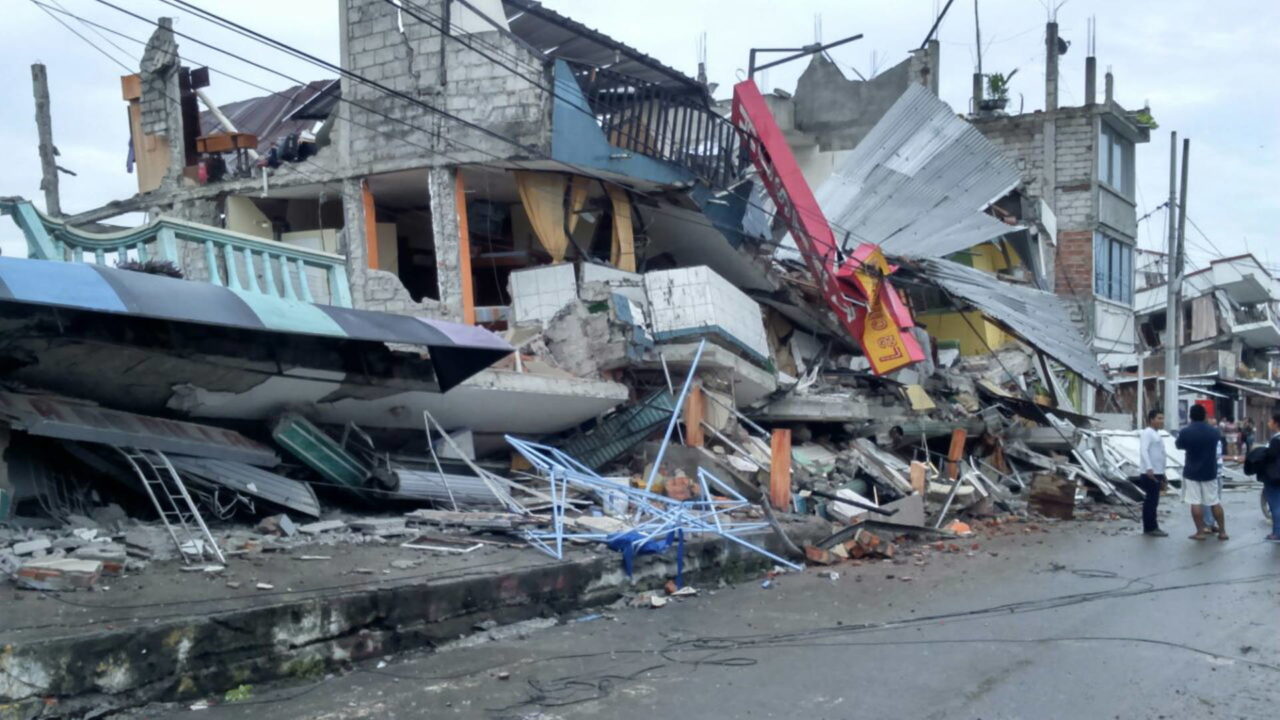
Ecuador: Earthquake devastates coastal areas
A magnitude-7.8 earthquake rocked Ecuador’s coast April 16 — leveling homes, schools and infrastructure, and killing almost 700 people.
“This is the worst earthquake to strike Ecuador since 1987, when 1,000 people were killed. It was a truly terrifying event felt across the country,” José Luis Ochoa, World Vision’s national director in Ecuador, said in the days after the quake.
By Oct. 16, six months later, World Vision had helped more than 78,000 people with shelter, cooking tools and supplies, clean water, personal hygiene items, food kits, and home repair.
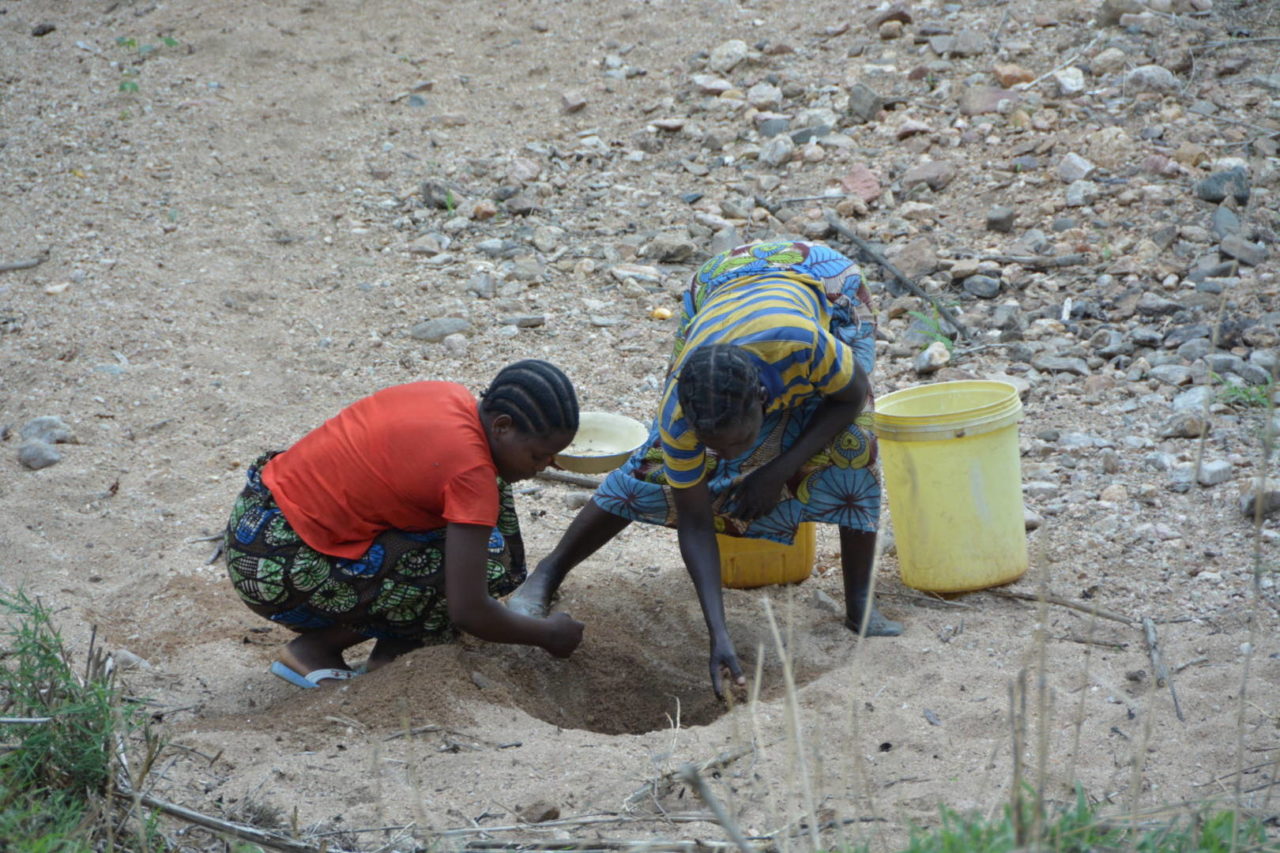
El Niño: Warming eases, but millions feel lingering effects
The strongest El Niño weather pattern in 20 years finally faded to cooler temperatures starting mid-2016. For almost two years, the climate changes brought prolonged droughts, unseasonal rains, and flooding that left 60 million people in 34 countries without livelihoods or enough to eat.
As many as 40 million people, mostly in Southern Africa and Central America, could lack reliable access to nutritious food through March 2017 because of lost crops and depleted food stores. The most vulnerable people are families who rely on small-scale farming or wages from jobs as day-laborers.
Globally, World Vision has reached 5 million people, largely with emergency food aid and programs to help families re-establish their livelihoods through agricultural training and drought-resistant seeds.
